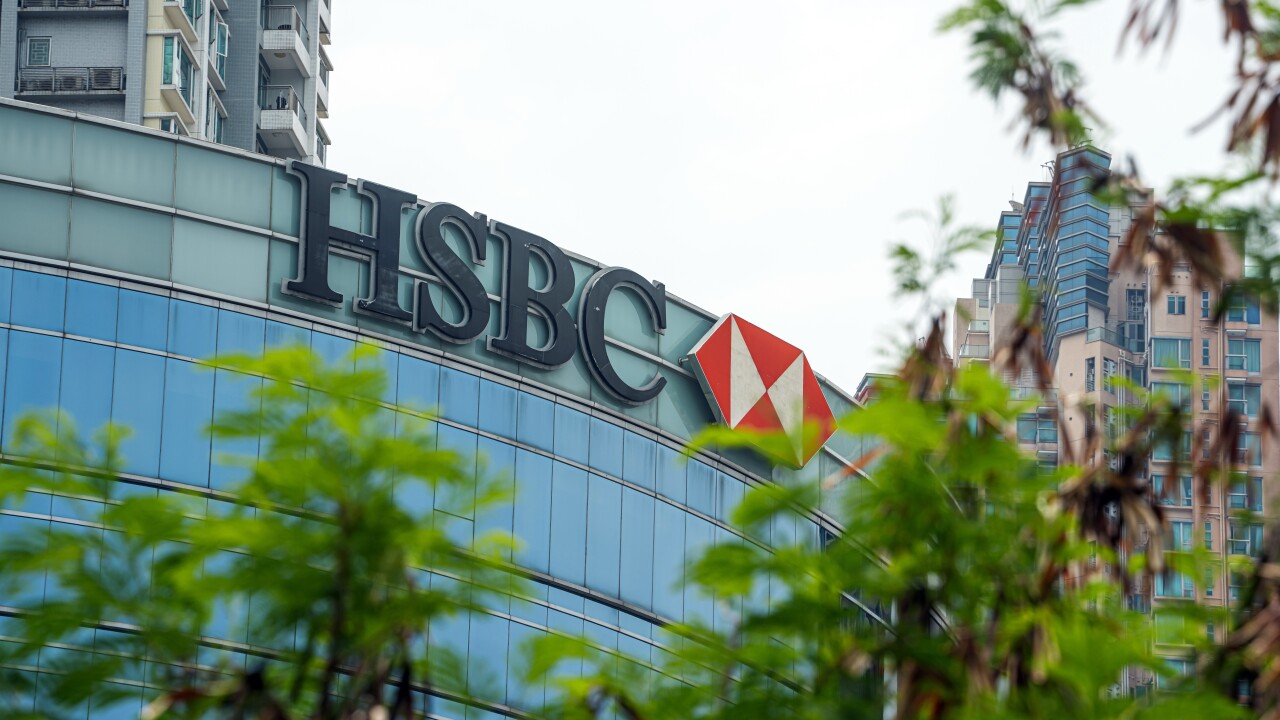Mobile banking use should double this year alone, and in order to graduate from basic balance queries and alerts to robust payments, vendors are flooding the market with products that suggest an intermediate step of usability and attractive screen appearance as the groundwork for future development.
"All of the mobile vendors offer things like balance, locations of branches or ATMs, or a means to view statements. This type of functionality is pretty well understood," says Stessa Cohen, a research analyst for Gartner. "What we're going to have to start to see is ways of differentiation of offerings, a way to allow banks to deliver new apps."
To accomplish this, a number of vendors are entering into collaborative partnerships - such as Obopay and Nokia, Monitise and Visa, and separate arrangements between IBM and mCom and IBM and Sybase - to create access to a broad swath of financial clients, provide tech scale, sell user-friendly mobile phone apps in the short-term, and in the long-term develop full-fledged enterprise mobile financial services.
The new alliances come at a time when mobile banking is growing dramatically - Tower Group says be the end of 2009 there will be 10 million mobile banking users, twice the number there were a year ago, and 53 million by 2013. Collaboration among players promise institutions the next generation of technical sophistication and functionality, facilitated by the new style of user experience designed for Apple iPhone users.
This means for some banks on the forefront of mobile deployment it's already time to upgrade their iPhone apps to make them navigate more like mainstream iPhone applications, versus online banking sites simply ported to the iPhone. Analysts say these are necessary advances in usability before mobile payments and other financial services can become mainstream. "Replicating what's on the online side in the mobile channel is the wrong decision," says George Peabody, director of emerging technology advisory services for Mercator Advisory Group.
Sybase's collaboration with IBM, signed in September, will allow the firms to cooperate on a mobile commerce ecosystem that aims to expand mobile payments and improve usability. Sybase's financial clients include BBVACompass, which is using Sybase's iPhone app to allow mobile balance inquiries and transfers. "The buttons you come across give it an iPhone app look and feel," says Cameron Franks, director of mobile commerce for Sybase. "One of the key differences of an app versus a browser is it's easier to use the app to link to other parts of the phone."
Another vendor, S1, recently launched a new iPhone app to sell to its Postilion and Enterprise banking customers. Among S1's clients is Lubbock, TX-based American State Bank, which recently became one of the first community banks to offer an iPhone app for mobile banking. Rivals Harland Financial Solutions and ClairMail also recently completed upgrades to enable iPhone- style navigation. Harland, for example, has rewritten its screens to allow users to use their thumbs for navigation. John Meyer, a vp at Harland Financial Solutions, which has about 70 mobile banking clients, hopes that as more people use iPhones and Blackberrys, the greater the expectation will be that banks offer sophisticated apps.
Mark Schwanhausser, an analyst at Javelin Research, who calls these iPhone-friendly mobile banking applications "wrappers," says differentiation between mobile and Web is paramount to get consumers interested in mobile banking, and eventually using mobile devices for advanced services. "If you make mobile banking look just like online banking and make people sign up for mobile through online banking, then consumers will say 'I'll just wait until I get home and use the Web,'" he says.





